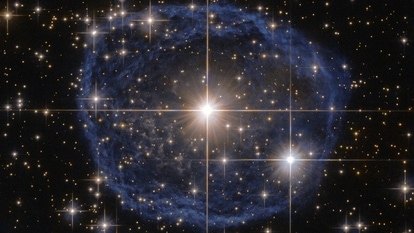International Space Station gets new tech after scary spacewalk by NASA astronauts
Two NASA astronauts have completed their spacewalk outside the International Space Station to set up some new technology - a Solar Array.
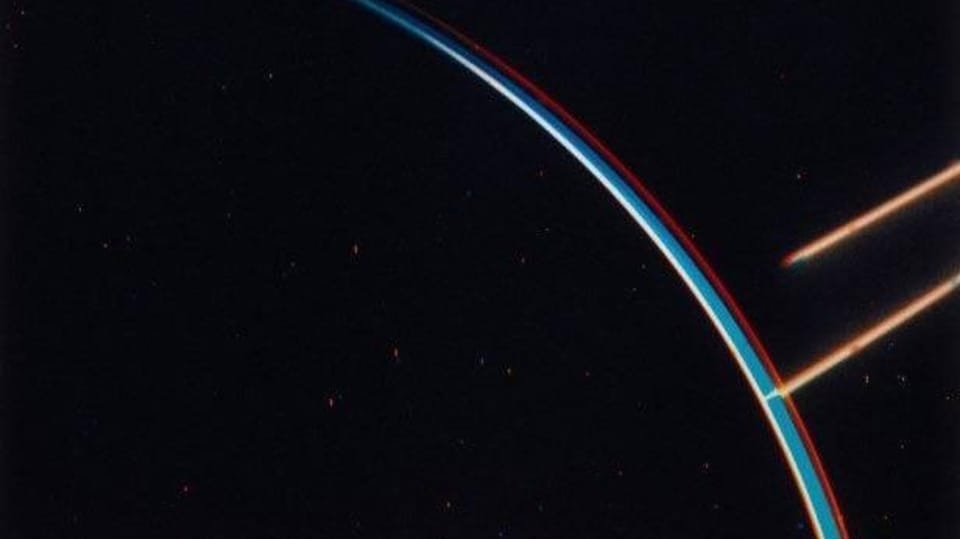
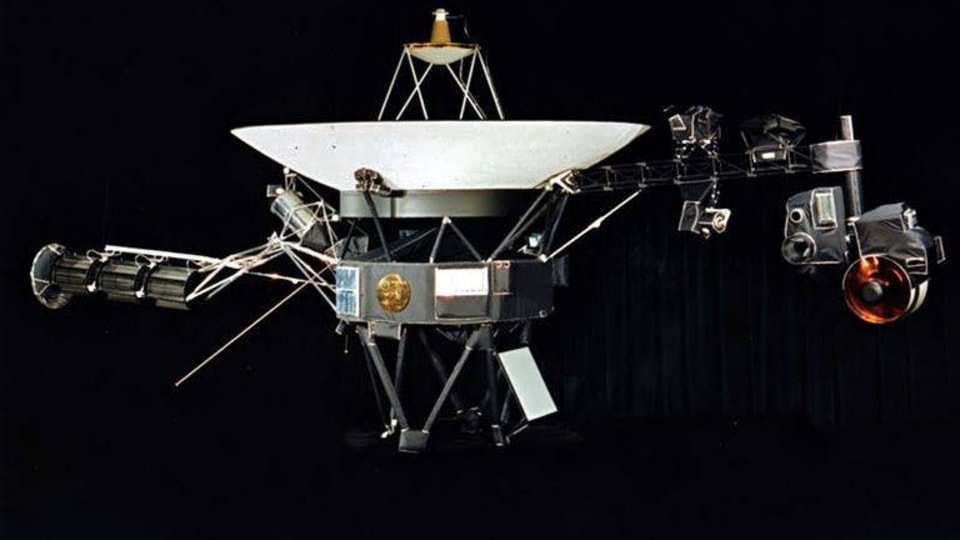

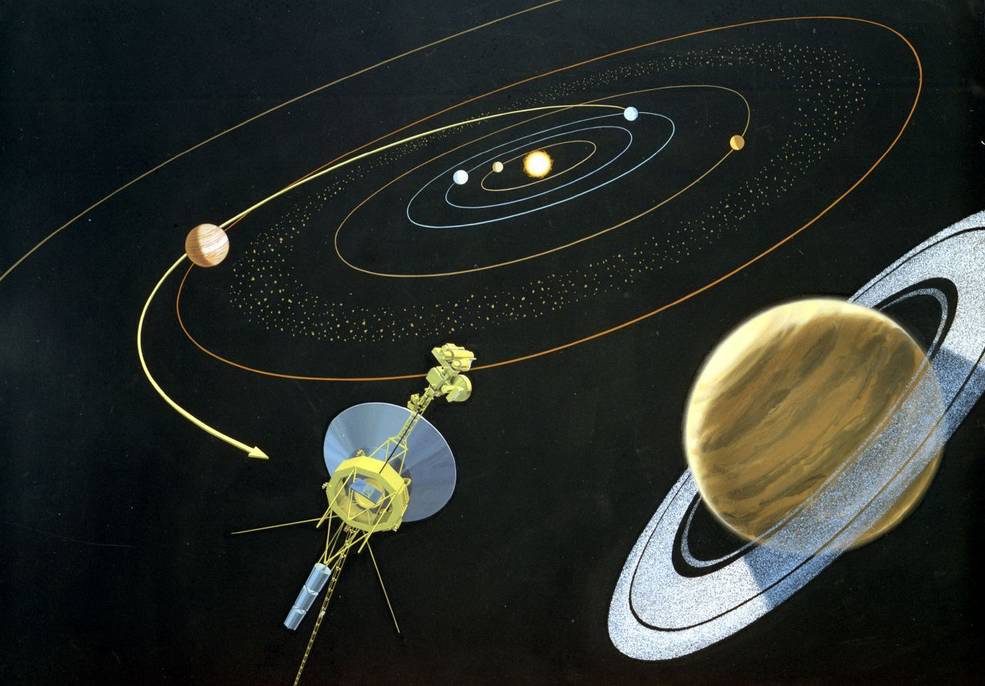
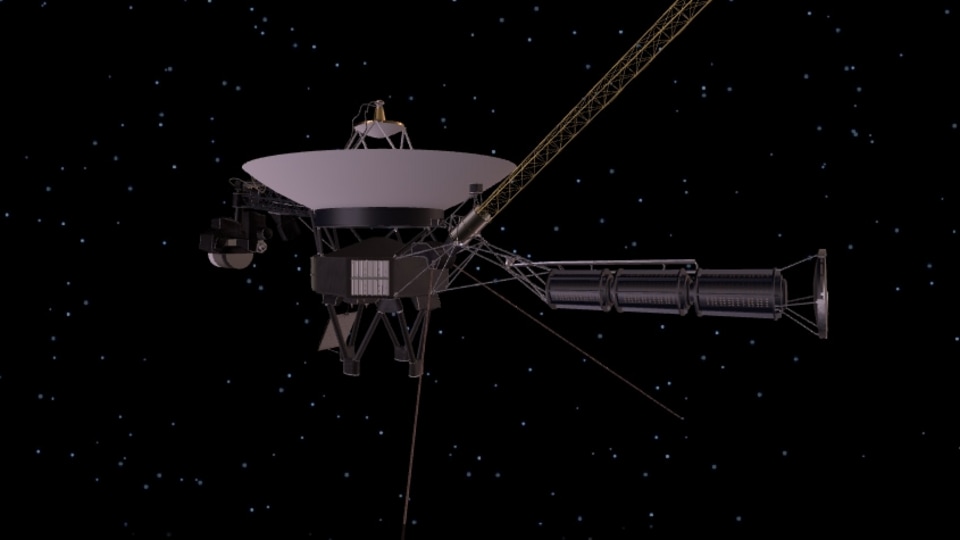
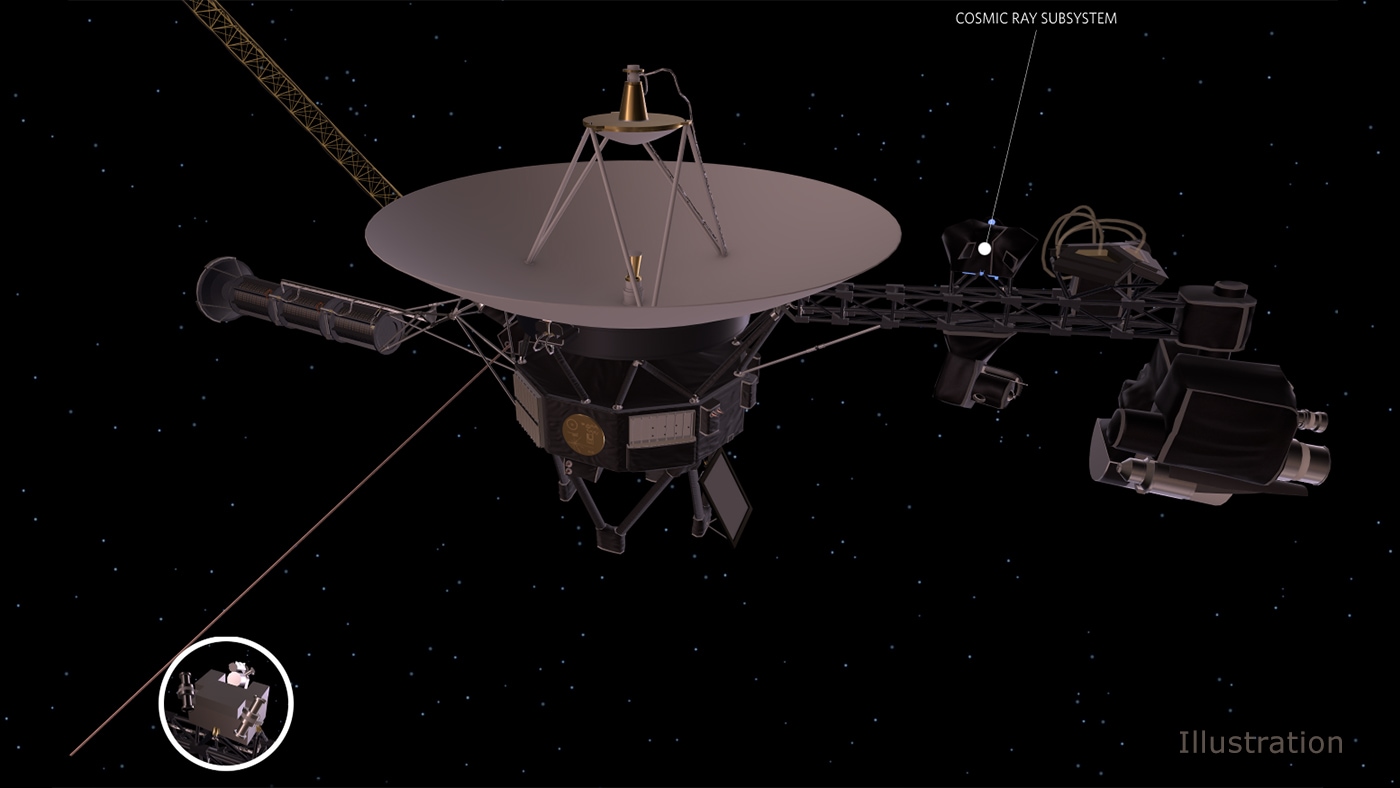
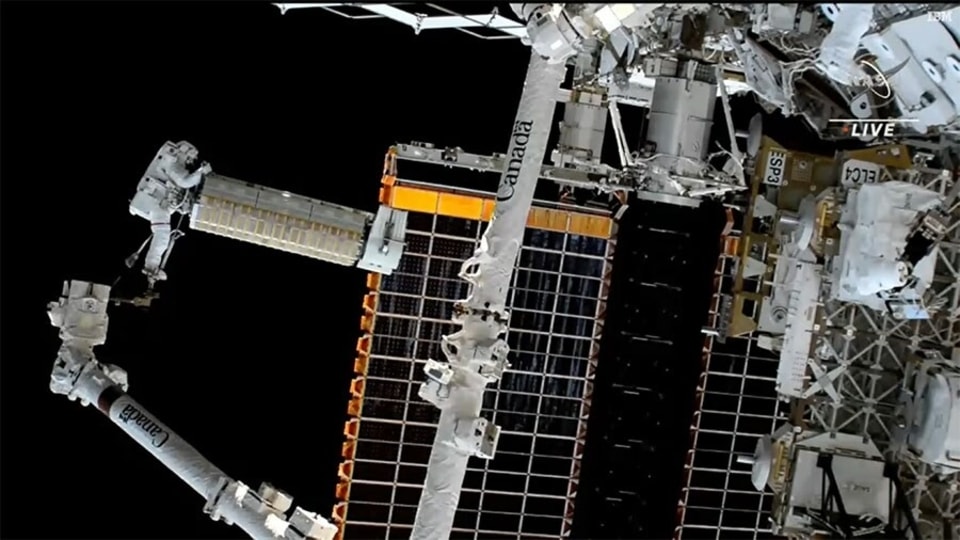
 View all Images
View all ImagesThe National Aeronautics and Space Administration (NASA)'s astronauts on Expedition 68 have completed a spacewalk aboard the International Space Station. American astronauts Josh Cassada and Frank Rubio were tasked with installing an International Space Station Roll-Out Solar Array (iROSA) to augment power generation for the 4A power channel on the station's starboard structure. In addition to that, they aimed to disconnect a cable to allow the 1B power channel to be reactivated after it was shut down due to a power trip in its electrical system.
NASA shared the video on its Twitter handle "Can we fix it? Yes, we can. Astronauts Josh Cassada and Frank Rubio have successfully installed Roll-Out Solar Array on the starboard truss structure of the @Space_Station. They have also disconnected a cable allowing restoring a power channel to 75% of its operating capacity." Flight Engineers Josh Cassada and Frank Rubio of NASA's Expedition 68 concluded their spacewalk at 2:21 PM EST after 7 hours and 5 minutes, NASA has informed in a blog post.
Overall, it was the 256th spacewalk in order to upgrade, maintain and support the space station assembly. While, it was the second spacewalk for these two astronauts during the six-month-long science mission. After this successful spacewalk, the next scheduled spacewalk is expected on Monday, December 19 to install an iROSA on the 4A power channel on the port truss, which will be the 4th out of a total of six planned iROSAs for installation.
Why are these Solar Arrays important for the Expedition 68 mission? NASA explained that it will help to increase power generation capability by up to 30 percent. Resultantly, the total available power of the station will witness a steep increase from 160 kilowatts to up to 215 kilowatts.
More about Expedition 68
Expedition 68 mission began in September 2022 and will end in March, 2023, which includes research investigations focused on biology, Earth science, human research, physical sciences and technology development. The observation will provide the foundation for continuing human spaceflight beyond low Earth orbit to the Moon and Mars.
Catch all the Latest Tech News, Mobile News, Laptop News, Gaming news, Wearables News , How To News, also keep up with us on Whatsapp channel,Twitter, Facebook, Google News, and Instagram. For our latest videos, subscribe to our YouTube channel.









